Livraison offerte dès 79€ d'achat !
Nouveautés : Les Infusions, les Ultrasons et les Upcycling !
Livraison offerte dès 79€ d'achat !
Nouveautés : Les Infusions, les Ultrasons et les Upcycling !
Since the dawn of time, ginger has been seasoning our dishes with its spicy, lemony flavours.
Of the Zingiber officinale type (which, for the record, gave its name to the island of Zanzibar), the first written records of its use date back over 3,000 years.
It is mainly found in Indian and Chinese traditions.
It originates from India and Malaysia, and the vast majority of ginger on the market comes from Asia and Southeast Asia.
But this perennial plant, which never grows more than a metre high, thrives in all humid tropical countries.
It was introduced to Europe, and more specifically to the Mediterranean basin, as early as the 4th century BC by the Phoenicians.
This makes it one of the oldest spices imported into Europe.
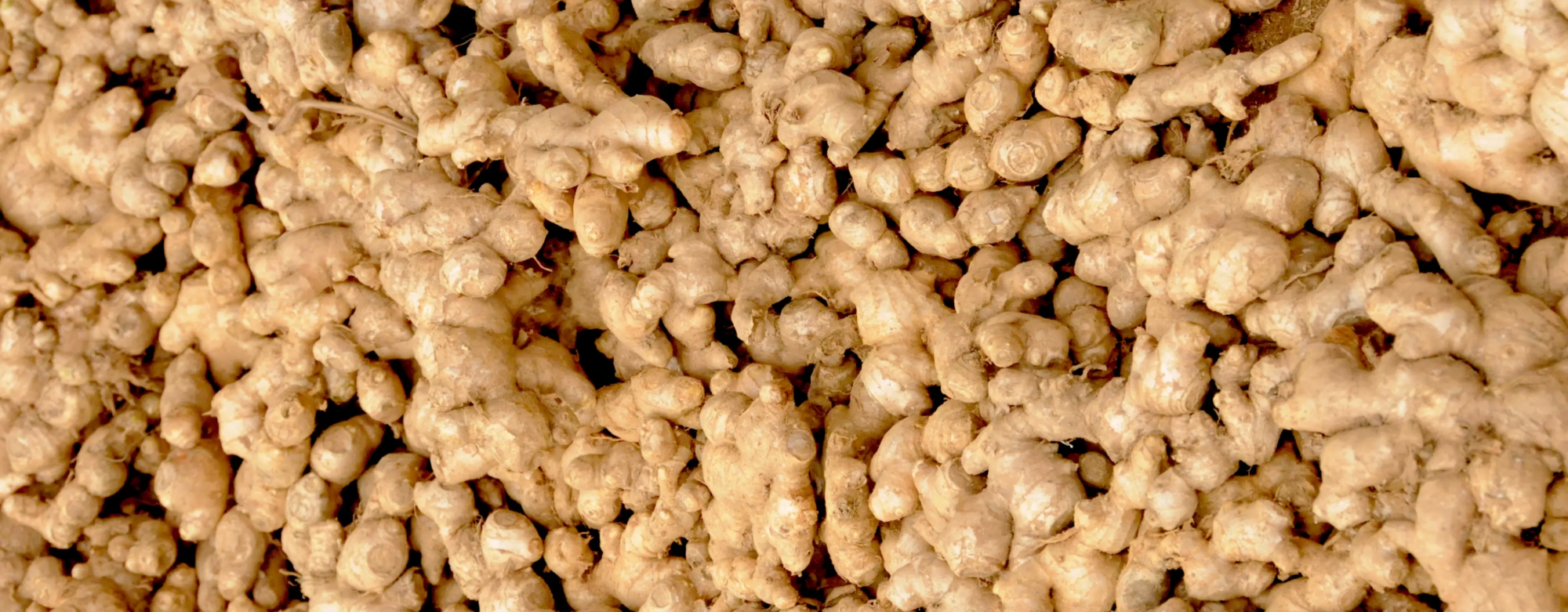
Le Sourceur has been growing ginger endemic to the island of Madagascar since 2004.
It is found in the Vohimana reserve, 150km northeast of Antananarivo.
It comes from the same species as its Asian counterpart and is known as blue ginger or blue gold because of the blue-grey hue of its rhizomes when cut.
We still don’t know what accounts for this color, as few botanists have studied it.
What is known is that it is a subspecies of Zingiber Officinale Roscoe, particularly rich in gingerols and shogaols when harvested fresh.
It is fresher, more lemony, with floral notes akin to geranium.
A singularity for a ginger that can be explained by the presence of large quantities of geranyl acetate (nearly 10%).

A perennial native to tropical regions, blue ginger grows naturally in hot, humid climates.
But it’s perfectly possible to grow it at home, without too much maintenance, provided you follow a few rules.
Blue ginger likes warm weather.
It grows best at temperatures around 25°c, so don’t think about growing it in winter.
It also needs moist soil and half-shade, half-sun exposure.
Generally speaking, it prefers to grow indoors, in a greenhouse or at home.
Blue Ginger is grown to organic specifications, in strict compliance with fair trade principles.
In Vohimana, over 70 families cultivate the plant while their children attend the local school.
The meals are entirely financed by the Franco-Malagasy association L’Homme & L’Environnement. L’Homme & L’Environnement has also introduced local residents to organic farming techniques, in particular mulching to prevent weeds from multiplying and harming the crops.
Over 50 tonnes of ginger are produced each year.
The vast majority of which is transformed into essential oil in the laboratory built on site (around 150kg of essential oil).
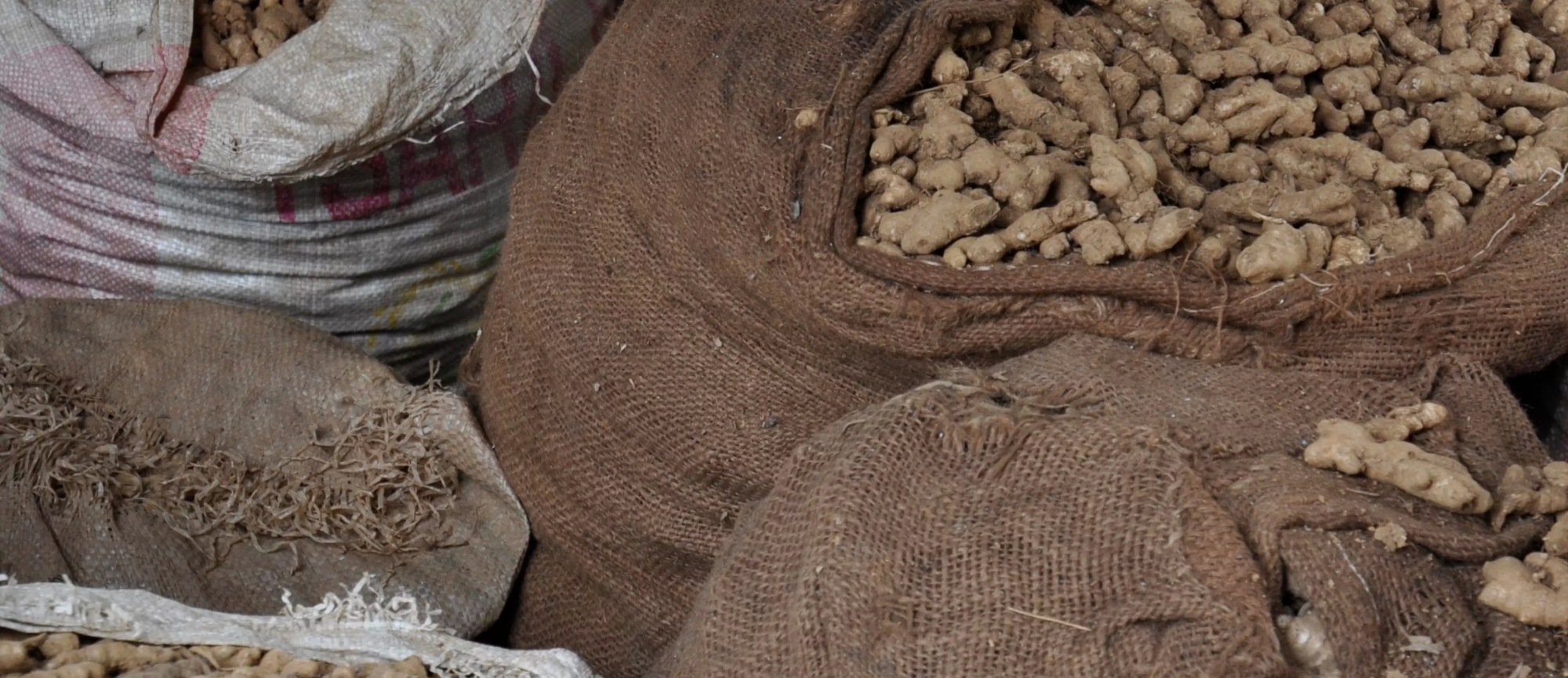
In traditional Madagascan medicine, it is used for its healing properties.
Recently tested in the laboratory, blue ginger also revealed formidable antioxidant properties.
In particular, thanks to the presence of large quantities of molecules such as gingerols and shoagols.
This is the main reason why it is used locally (remember that the majority of Malagasy people treat themselves with phytotherapy).
Thanks to this discovery, blue ginger has become a major ingredient in a number of renowned beauty creams.
It plays a triple role: it limits cell aging, revitalizes tired skin and reduces wrinkles.
In addition to these discoveries, and like its Asian counterpart, ginger has a sulphurous reputation as a powerful aphrodisiac, the source of many legends.
But it is above all renowned for its exceptional digestive and curative properties.
Its essential oil is used to combat motion sickness, bloating and nausea, and to soothe a heavy liver or constipation.
It can also be applied to the skin to treat muscular pain or rheumatism (provided, of course, that it is diluted with a vegetable oil).
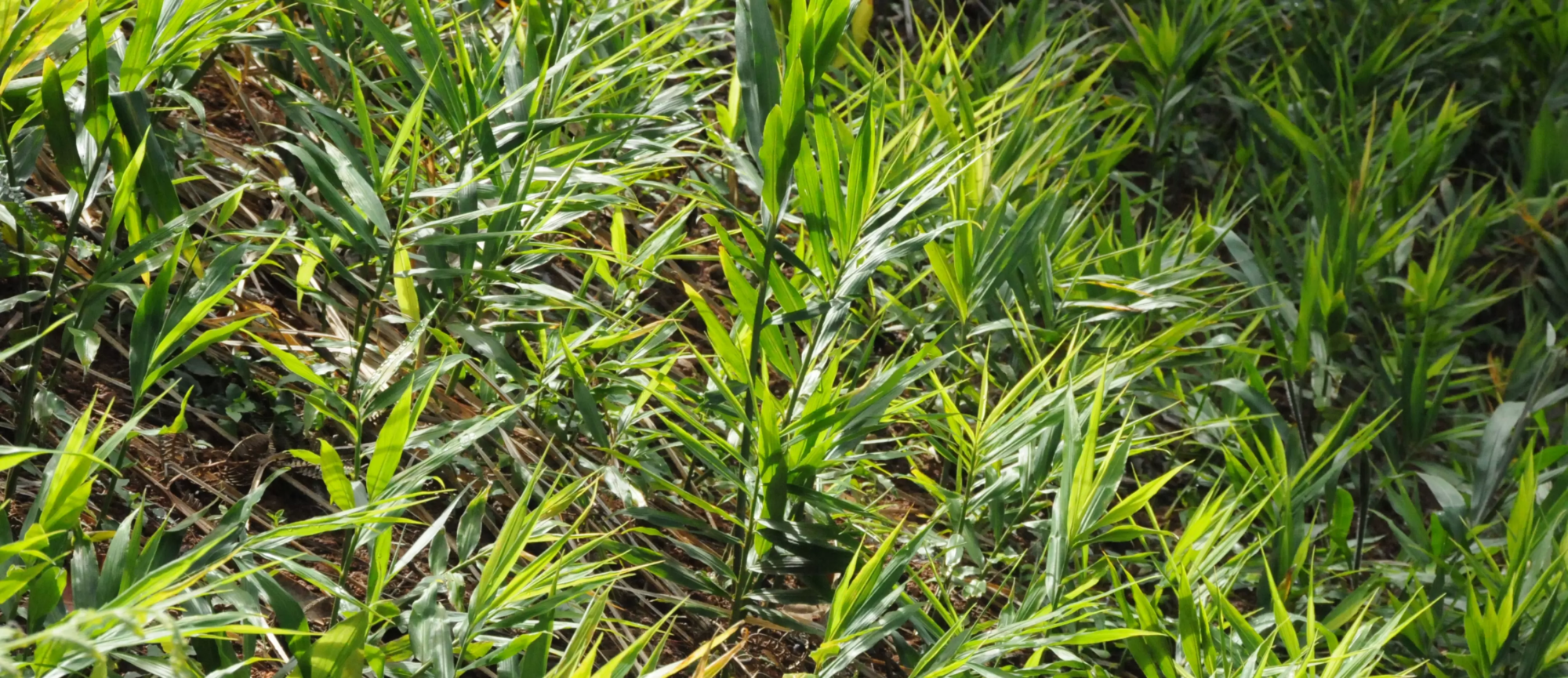
After a wonderful adventure in Namibia, both humanly and economically, it was time to explore the world in search of the natural wonders it abounds in.
Once again, the idea was as much to cultivate new materials as to offer economic opportunities to local populations, all the while protecting the environment; no respite for the planet.
This time, we didn’t need a helping hand or hours of research, leafing through all the encyclopedias and books on a particular country, because we’d already chosen our future destination: Madagascar.
We could spend hours explaining our motivations, as the country is such a goldmine.
Quite simply, the island is home to the greatest diversity of endemic species in the world.
This was obviously a factor in our decision.
But it was another record, sad as it is, that really made us decide.
Over the last 60 years, it is estimated that Madagascar has lost almost 44% of its natural forests… While over 90% of the island’s species are endemic, a whole range of biodiversity is at risk.
The cause is the development of slash-and-burn maize, known locally as “hatsake”.
This method of cultivation, which is highly profitable in the early years, quickly deteriorates, leaving worn-out soils 5 to 10 years later, too impoverished for the forest to recover.
Precariousness, loosening state control, demographic pressure, saturation of fertile land and growing demand for maize are just some of the reasons for this phenomenon.
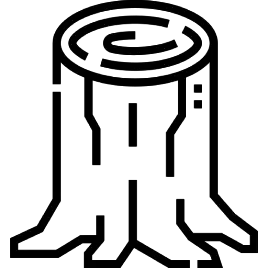
Faced with this alarming situation, many people are trying to take action on their own scale.
This is what led us to meet Olivier Behra, nose for Chanel, and president of the association L’Homme et L’Environnement.
We became instant friends.
He told us about a Blue Ginger plantation he was developing for the group in the Vohimana reserve.
The aim was threefold.
The first, as is often the case, was to develop a small, profitable production for the various stakeholders, from the reserve’s inhabitants to the farmers.
The idea, and this brings us to the second point, was to show that there were viable alternatives to maize cultivation, more perennial, more fruitful in the long term but also, and above all, more ecological.
This enabled us to educate local people about the importance of their ecosystem, and to set up a program to safeguard the forest and its many endangered species, notably the Great Lemur.
But that’s not all: ensuring a reliable and viable industry also means improving the living conditions of the people who cultivate the material.
In the reserve, the inhabitants are isolated, far from the big cities and the first hospitals.
That’s why we decided to build a health center for pregnant women.
Nearly 15 years after the start of the adventure, the chain is a complete success.
It’s the first time we’ve been active in community philanthropy.
And it has led to many other adventures.
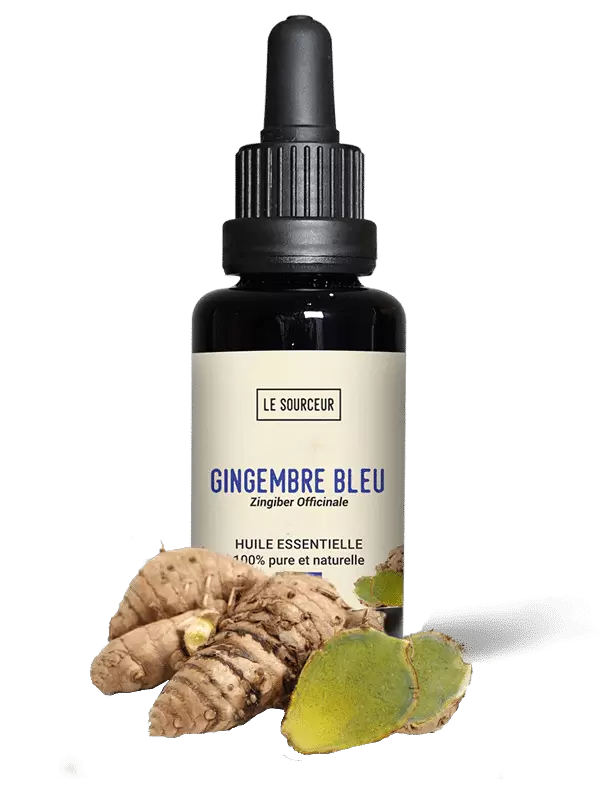


 informations
informations  mon compte
mon compte  contact
contact Copyright © 2024 Le Sourceur. Tous droits réservés / Développement : Mrlsagency
 matieres sourcees
matieres sourcees  rejoindre la tribu
rejoindre la tribu